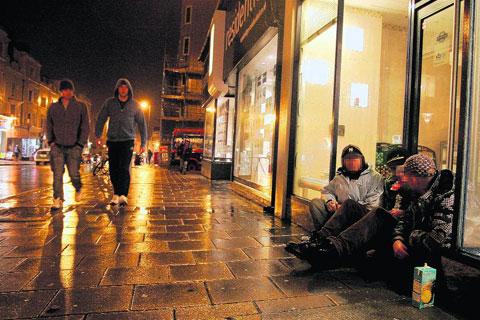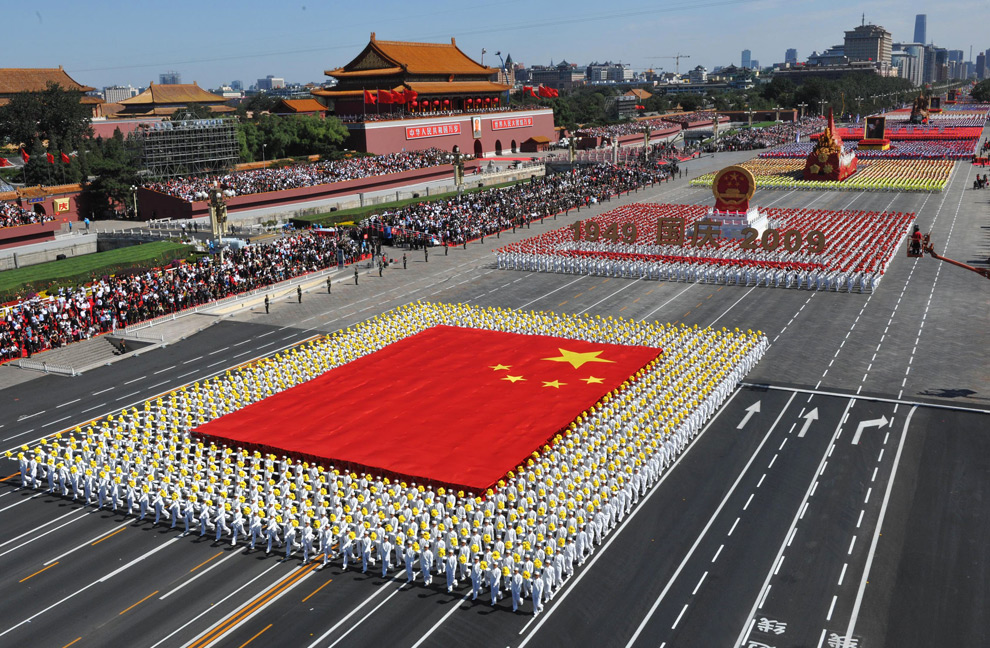My strongest memory of freshman film class (save revisiting Sergio Leone's oeuvre) is discovering Italian slasher movies. I didn't care for Mario Bava's rococo craftsmanship but Dario Argento's stylish gialli hit the spot. The American slashers who shamelessly copy them pale in comparison.
Deep Red (1975) is probably Argento's best film. Like the best horror movies its rich subtext and impeccable style overwhelm the paper-thin plot. Combining the twisted psychology of Alfred Hitchcock with Michelangelo Antonioni's voyeur preoccupations, it packs a bloody punch.
Mark Daly (David Hemmings) is a jazz musician-turned-teacher living in Rome. He witnesses the murder of psychic Helga (Macha Meril), who'd had a vision of a long-ago crime. With the help of flirty reporter Gianna (Daria Nicolodi) and wastrel friend Carlo (Gabriele Lava) Mark edges closer to the truth. The killer stymies Mark by offing key witnesses and threatening him. Grim discoveries at an abandoned mansion finally lead Mark towards the killer - just not in the way he expects.
Deep Red is a triumph of style. Argento employs skillful POV shots, with the killer watching a psychic conference or surveying their weaponry. He matches this with ocular imagery: one chilling medium shot has a single eye open within a dark closet. Argento crams scenes with occult symbols, garish paintings, classical statues, cavernous mansions and an eerie lullaby leitmotif (complemented by Goblin's rockin' techno score). Having co-scripted Leone's Once Upon a Time in the West, it's not surprising Argento uses similar fragmented flashbacks.
Indeed, Argento plays the homage card extensively. Besides Hitchcock's Psycho, he uses imagery from Rebecca and The Birds. He borrows from Antonioni's Blow-Up, with David Hemmings witnessing an ambiguous crime scene. Argento differs from Antonioni in making the murder real, but having Mark misremember a crucial detail. Sources as disparate as Edgar Allan Poe (the wall-entombed body) and Charade (a dying message scrawled on steamed glass) also get shout-outs. Deep Red blends these borrowings into a pleasingly nasty cocktail.
Indeed, Argento plays the homage card extensively. Besides Hitchcock's Psycho, he uses imagery from Rebecca and The Birds. He borrows from Antonioni's Blow-Up, with David Hemmings witnessing an ambiguous crime scene. Argento differs from Antonioni in making the murder real, but having Mark misremember a crucial detail. Sources as disparate as Edgar Allan Poe (the wall-entombed body) and Charade (a dying message scrawled on steamed glass) also get shout-outs. Deep Red blends these borrowings into a pleasingly nasty cocktail.
Deep Red delivers some twisted death scenes. One unlucky victim gets scalded in a bathtub, another harassed by a ventriloquist dummy before being bludgeoned. Both villains meet decidedly gruesome ends, including a unique decapitation. That's not even mentioning unfortunate birds and lizards. Blood aside, its sheer nihilism may put viewers off.
If Argento and Bava owe Hitchcock a huge debt, American slashers pilfered them even more flagrantly, borrowing the murders while missing their skill. John Carpenter lifted Argento's image of a child pondering a bloody knife for Halloween, while Friday the 13th outright stole several murders from Bava's Bay of Blood. Deep Red is positively tasteful compared to dreck like Saw and Hostel, where sadistic defilement is the only attraction.
Using Psycho as a template, Argento probes psychological trauma that makes Norman Bates look well-adjusted. Gender identities are constantly at play: after Mark asserts masculine superiority, Gianna beats him at arm wrestling! Carlo proves a closeted gay with a drinking problem, his mother (Clara Clamai) a bit too close. One clever twist comes when Gianna is non-fatally stabbed; the real killer wouldn't be so, erm, impotent. This isn't mentioning the creepy little girl (Nicoletta Elmi) impaling lizards on straight pins...
Deep Red skilfully uses humor to set up deaths. One subplot largely cut from earlier releases sees Mark harassed by a boorish police inspector (Eros Pagni). Indeed, Argento implies that an impending police strike forces Mark to do their work! Painful irony dominates: a crack about Mark bashing the piano keys like his father's teeth turns sour when a murder victim meets that very fate. Similarly, Mark gets scalded by an espresso machine shortly before the bathtub encounter.
Admittedly the story takes a familiar whodunnit track: if nothing else, the limited cast narrows the suspect field. Yet Argento transcends this with a double-twist and misleading clues. By employing such rich visuals, Argento sneaks subtle hints undetectable at a naked glimpse. It's chilling to revisit the initial crime scene with foreknowledge of its twist. A grisly drawing at the mansion is a red herring yet leads Mark indirectly to the real killer. Deep Red misdirects the audience with uncommon skill.
Acting is not Deep Red's strong point. David Hemmings (Charge of the Light Brigade) plays Mark snide and sarcastic, a less appealing take on his Blow-Up protagonist. Daria Nicolodi (Mrs. Argento) is charming but her character seems inconsistent: one scene playful, the next ambitious, finally romantic. Gabriele Lavia makes Carlo a pathetic sad sack while Clara Clamai broadly overacts.
Deep Red isn't everyone's cup of tea: it's short on story, likeable characters or nuance, and full of bloody mayhem. Yet Argento's intoxicating direction elevates this butcher's yard into something like art. From a blogger who usually loathes slasher flicks, that's saying something.















